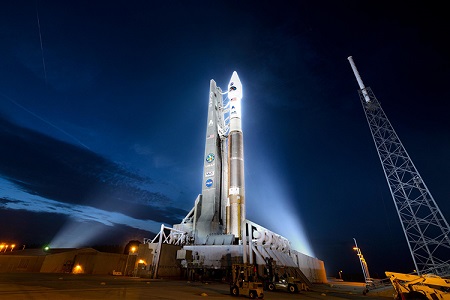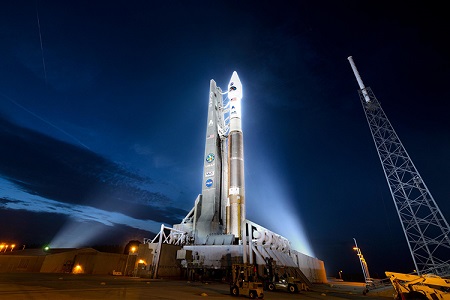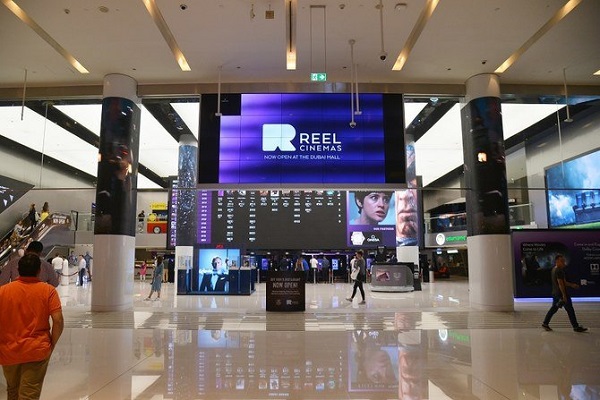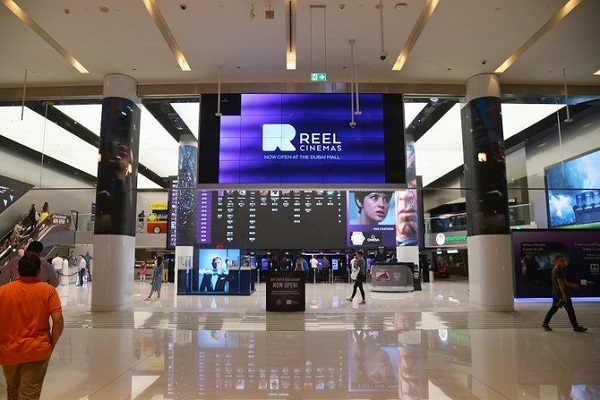
 Amazon has selected United Launch Alliances Atlas V rocket for nine missions from Cape Canaveral to deploy satellites for the Kuiper internet constellation, a fleet designed to eventually number more than 3,200 spacecraft.
Amazon has selected United Launch Alliances Atlas V rocket for nine missions from Cape Canaveral to deploy satellites for the Kuiper internet constellation, a fleet designed to eventually number more than 3,200 spacecraft.
The nine missions will lift off from ULAs facilities at Cape Canaveral Space Force Station, but officials did not reveal when they will launch. Amazon and ULA a 50-50 joint venture between Boeing and Lockheed Martin also did not disclose how many satellites will fly on each Atlas V mission, or which Atlas V rocket configuration will launch the Kuiper spacecraft.
Speaking about the deal, Jeff Bezos, Amazon founder and CEO, said: Were determined to make affordable broadband a reality for customers and communities around the world. ULA is a fantastic partner thats successfully launched dozens of missions for commercial and government customers, and were grateful for their support of Kuiper.
Atlas V rockets have flown 86 times since 2002, all successfully, with payloads for the US military, the US governments intelligence agencies, NASA, and commercial customers.
The Kuiper network will beam low-latency Ka-band broadband services to customers between 56 degrees north and 56 degrees south latitude, according to Amazon. Half of the Kuiper networks 3,236 satellites must be launched by mid-2026 for Amazon to maintain network authorization from the Federal Communications Commission.
The nine Atlas 5 missions are just a start. Amazon says it plans to use multiple types of launch vehicles from multiple companies to deploy the entire fleet of Kuiper satellites.
The first phase of the Kuiper deployment sequence will launch 578 satellites into 391-mile-high orbits with an inclination of 51.9 degrees, according to Amazons FCC filings.
The FCC approved Amazons Kuiper network last July. Amazon says it is investing $10bn into the project, which is headquartered in Redmond, Washington, home to a Kuiper research, development, and manufacturing facility.
Amazon has not revealed the size and mass of the Kuiper satellites.
Rajeev Badyal, Vice President of technology for Project Kuiper, added: Weve designed our satellites and dispenser system to accommodate multiple launch vehicles this gives us the flexibility to use many different rockets and providers to launch our satellite system. Atlas V is a capable, reliable rocket, and were proud to be working with ULA to support these important first launches.
Tory Bruno, President and CEO of ULA, stated: Project Kuiper is an ambitious project with the potential to connect tens of millions of people around the planet. The scope and scale of the initiative will also provide an enormous boost to US leadership in space, helping create jobs and providing steady, reliable demand for the launch services industry. Were honoured to have Amazon turn to ULA and Atlas V to support its deployment plans.
ULA is developing a next-generation rocket named the Vulcan Centaur to replace the companys current Atlas 5 and Delta 4 rocket families. The first Vulcan test launch is scheduled at the end of this year.
ULA is ending production of Delta 4 rockets, and only four Delta 4 flights remain on ULAs schedule through late 2023, including a Delta 4-Heavy launch scheduled for April 26 from California.
The Atlas V will also be phased out, but ULA has said it plans to keep launching Atlas rockets in tandem with the early Vulcan launches for several years.
With the nine Kuiper missions now reserved with ULA, there are nearly 30 Atlas V missions in the companys backlog.
Several companies are in the pool of commercial launch providers vying for Kuiper launches. Blue Origin, a space company also owned by Bezos, has said it will have to compete for Kuiper launch contracts, alongside ULA, Arianespace, and perhaps even SpaceX, which is deploying its own internet network in competition with Amazons Kuiper.
We will continue to explore all options to launch the remainder of our satellite constellation, and we look forward to working with companies across the launch services industry to advance U.S. leadership in space and create jobs across the country, Amazon said in a statement.
The Kuiper network will compete with SpaceXs Starlink fleet, the OneWeb broadband system, Telesats planned Lightspeed network, and other future low Earth orbit constellations.
The post Amazon contracts nine Atlas V missions for Kuiper broadband satellites appeared first on BroadcastPro ME.
Source: Broadcastpro ME












